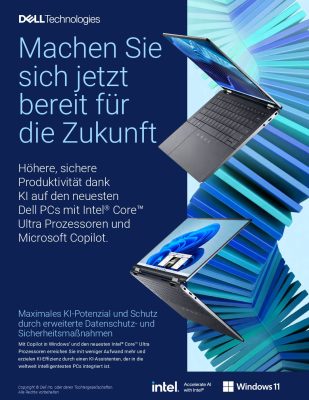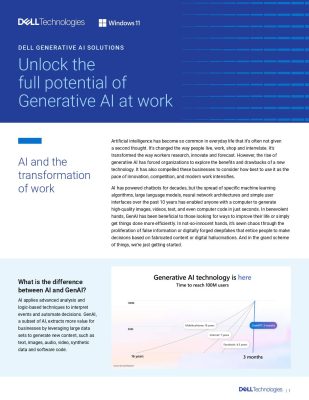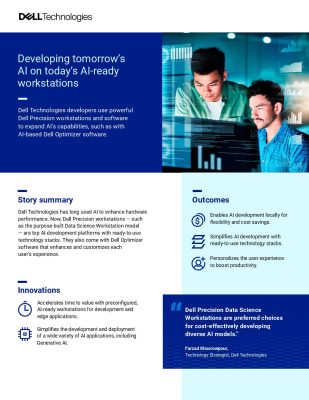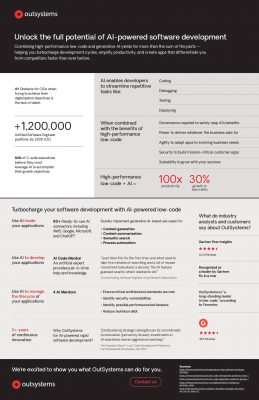Highlights:
- The SPAC that merged with Blaize, BurTech Acquisition Corp., is owned by the single-family office Burkhan World Investments.
- The Blaize 1600 is purpose-built to execute AI models represented as graphs.
Recently, a startup focused on creating artificial intelligence chips designed for power efficiency, Blaize Holdings Inc., has planned to go public on the Nasdaq stock exchange.
The listing will be structured as a SPAC merger. In these transactions, investors form a special-purpose acquisition company (SPAC) and take it public. The SPAC then merges with a privately held startup, allowing the startup to access public markets without going through a traditional IPO.
The SPAC that merged with Blaize is BurTech Acquisition Corp., which is owned by the single-family office Burkhan World Investments. The transaction valued Blaize at USD 1.2 billion and provides the chipmaker with a USD 116 million convertible note, along with an additional USD 36 million in funding scheduled upon the deal’s completion.
Blaize, based in El Dorado Hills, California, has previously secured over USD 300 million from investors including Samsung Electronics Co. Ltd. Its flagship offering is the Blaize 1600 system-on-chip, designed specifically for machine learning tasks. The company claims that its processor can execute AI models with lower power consumption than traditional graphics cards.
An AI model consists of code fragments known as neurons, each responsible for performing a basic set of calculations. These neurons communicate with each other through software links. The neurons and their connections in an AI model can be depicted as a graph, a data structure designed to efficiently store information about interconnected objects.
The Blaize 1600 is tailored to execute AI models stored as graphs. The chipmaker also states that it can handle other tasks, such as image processing algorithms. As a result, developers can run both AI and non-AI components of an application on the same processor, eliminating the need for two separate chips.
The 1600 accelerates processing by executing numerous calculations simultaneously, which is quicker than performing them sequentially. According to Blaize, its chip achieves parallelization across four levels of abstraction, ranging from the AI’s neurons to the fundamental instructions. These instructions represent the low-level computing operations through which the chip carries out calculations.
Blaize provides its chip in various form factors. One option is the Pathfinder P1600, a module designed to power connected devices, which integrates a 1600 chip with two Arm central processing units. The company also offers an accelerator card that enables the creation of AI servers with up to 24 of its chips.
The company incurred a loss of USD 87.6 million for the 12 month period ended December 31, 2023, on revenue of USD 3.8 million. However, it expects its sales to grow over time, citing agreements with several customers across various industries.
Sources report that Blaize has secured a purchase order valued at up to USD 104 million from an “unnamed EMEA defense entity.” The chipmaker also has an ongoing partnership with Denso Corp., a leading auto parts supplier. Additionally, Mercedes-Benz has partnered with Blaize on a project to develop a partially autonomous driving system.
As a publicly traded company, Blaize aims to broaden its product portfolio with a focus on entering additional verticals. The chipmaker also intends to improve the AI development and management software bundled with its processors. Furthermore, Blaize plans to collaborate with hardware manufacturers to advance its commercialization efforts.





























































